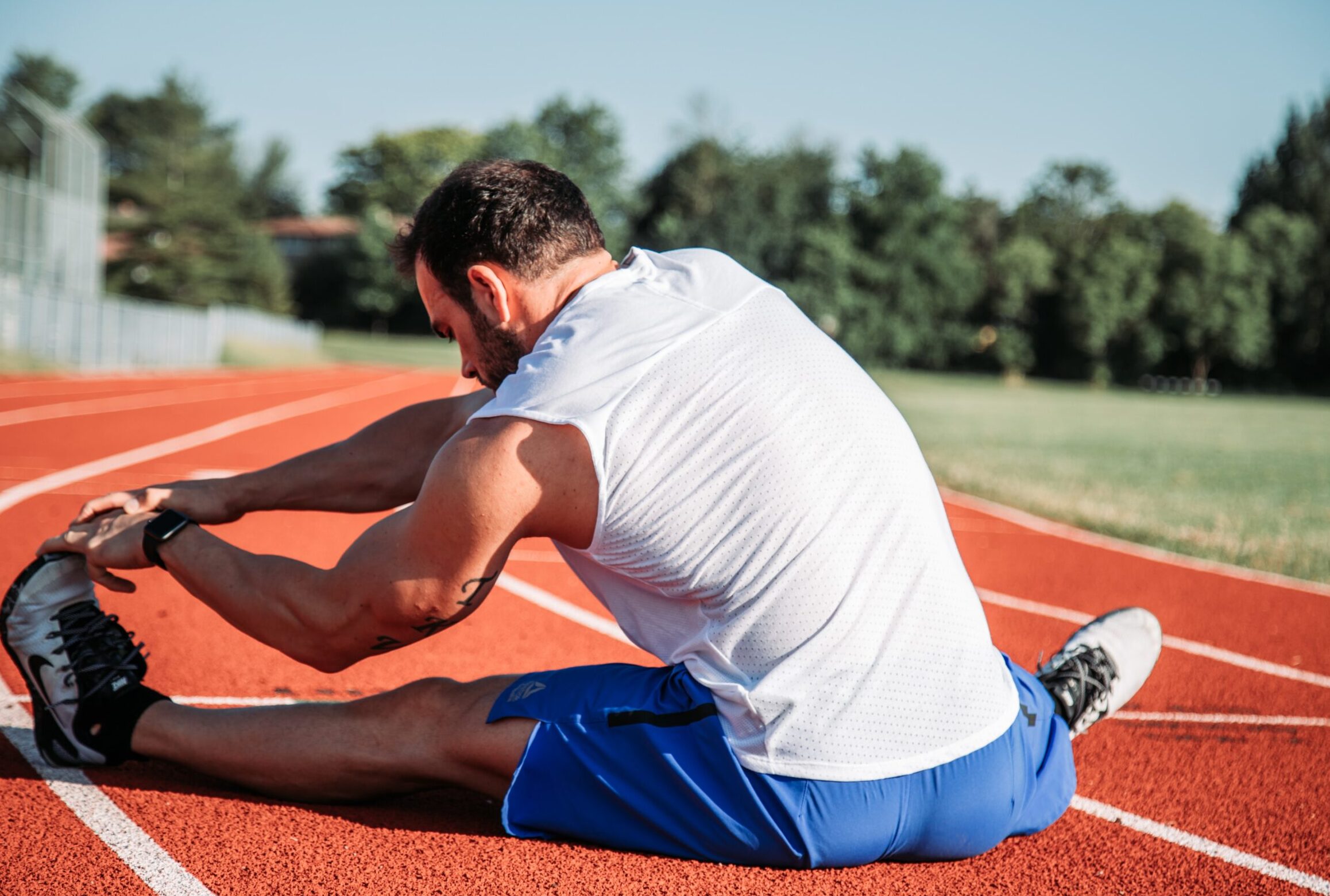Sports are a thrilling way to stay active, challenge yourself, and build camaraderie with teammates. Whether you’re hitting the soccer field, diving into the pool, or lacing up your running shoes, sports can bring endless joy and excitement. But amidst all the fun and adrenaline rushes, it’s important to be aware of the potential dangers that come hand in hand with athletic pursuits. Sports injuries can range from minor bumps and bruises to more serious conditions that have long-lasting effects on our bodies. In this blog post, we’ll explore some of the most common sports injuries – brain injuries, spinal cord injuries, and broken bones – as well as share valuable tips on how to prevent them. So let’s dive right in (safely!) and uncover the hidden risks lurking beneath our favorite games!
The Dangers of Brain Injuries
Our brains are remarkable organs that control every aspect of our being. They shape our thoughts, memories, and emotions. So it’s no surprise that protecting this precious command center should be a top priority when participating in sports.
Brain injuries can occur due to various reasons, including hard blows to the head or sudden jolts that cause the brain to collide with the skull. These injuries can have serious consequences, ranging from concussions – which may lead to temporary loss of consciousness and memory problems – to more severe conditions like traumatic brain injury (TBI).

One of the greatest dangers associated with brain injuries is their long-term impact on cognitive function. Even a seemingly minor concussion can result in difficulties with concentration, memory loss, and impaired decision-making abilities. In some cases, individuals may experience changes in mood or personality as well.
Additionally, repeated brain injuries over time can increase an individual’s risk for developing neurodegenerative diseases such as chronic traumatic encephalopathy (CTE). CTE is characterized by the accumulation of abnormal proteins in the brain and has been linked to symptoms like dementia and depression.
Given these potential risks, it’s crucial for athletes of all ages and skill levels to take appropriate precautions when engaging in physical activities. Wearing proper protective gear such as helmets designed specifically for each sport can significantly reduce the risk of sustaining a head injury.
In addition to protective equipment, coaches and trainers play a vital role in ensuring athlete safety by promoting safe playing techniques and enforcing rules against dangerous behavior on the field or court.
Remember: your brain is irreplaceable! Taking preventive measures will not only keep you safe but also allow you to continue enjoying your favorite sports without compromising your long-term health. Stay informed about potential risks associated with your chosen activity so you can make smart choices both on and off the playing field!
The Dangers of Spinal Cord Injuries
Spinal cord injuries can have severe and long-lasting consequences. When the spinal cord is damaged, it can result in loss of sensation, movement, and even paralysis. These injuries often occur during sports activities that involve high-impact collisions or falls.
One of the major dangers of spinal cord injuries is the potential for permanent disability. Depending on the location and severity of the injury, individuals may lose function in their limbs or become completely paralyzed from the neck down. This not only affects their physical abilities but also impacts their independence and quality of life.
In addition to physical limitations, spinal cord injuries can also lead to secondary health complications. Loss of bladder control, respiratory problems, and chronic pain are common issues faced by those with spinal cord injuries. The emotional toll should not be overlooked either – individuals may experience depression, anxiety, and a sense of isolation due to their new circumstances.
Furthermore, treatment for spinal cord injuries can be extremely costly. Medical expenses such as surgeries, rehabilitation programs,
and assistive devices add up quickly. Ongoing care and support are often necessary for individuals with these types of injuries.
Prevention is key when it comes to avoiding spinal cord injuries during sports activities. Wearing appropriate protective gear such as helmets and padding can help reduce the risk of injury significantly. Additionally, following proper techniques taught by coaches or trainers is crucial to avoid unnecessary strain on the spine.
It’s important to raise awareness about these dangers so that athletes understand the risks they face while participating in sports activities. By taking proactive measures to prevent spinal cord injuries and promoting safety guidelines within sporting communities we can minimize these devastating incidents
The Dangers of Broken Bones
Broken bones are a common injury that can occur in various sports activities. They can be painful and debilitating, causing temporary or even permanent damage to the affected area. One of the dangers of broken bones is the immediate impact it has on an individual’s ability to participate in their chosen sport. It can mean weeks or even months of rest and rehabilitation before they can get back to training and competing.
In addition to the inconvenience of being unable to play, there are potential long-term consequences associated with broken bones. Depending on the severity and location of the fracture, there may be a risk of complications such as nerve damage or impaired range of motion in joints near the affected area. This could have lasting effects on an athlete’s performance and overall health.
Another danger is that improper treatment or failure to properly heal a broken bone can result in deformities or chronic pain. These issues may require further medical intervention, including surgeries or ongoing physical therapy. In some cases, athletes may never regain full function or mobility in the injured area.
Prevention is key when it comes to avoiding broken bones during sports activities. Wearing appropriate protective gear such as helmets, pads, and braces can help reduce the risk of fractures by providing cushioning and support for vulnerable areas like the head, wrists, knees, and ankles. Additionally, proper conditioning exercises focusing on strength training and flexibility can help improve bone density and resilience.
It’s important for athletes to listen to their bodies and seek prompt medical attention if they suspect a fracture has occurred. Early diagnosis and treatment significantly increase the chances of successful healing without complications.
While broken bones are a common occurrence in sports injuries, understanding their potential dangers empowers athletes to take preventive measures seriously. By prioritizing safety through protective equipment usage along with proper conditioning techniques will not only minimize risks but also ensure healthier sporting experiences for all participants involved.
How to Prevent Sports Injuries
It is clear that sports injuries can have serious and long-lasting consequences. From brain injuries to spinal cord damage and broken bones, athletes put themselves at risk every time they step onto the field or court. However, there are steps that can be taken to minimize the chances of getting injured while participating in sports.
It is crucial to always warm up properly before any physical activity. This helps prepare the body for the intensity of exercise and reduces the risk of strains or sprains. Stretching exercises should also be done regularly to improve flexibility and prevent muscle imbalances.
Using appropriate protective gear is essential in preventing injuries. Whether it’s a helmet for cycling or football, knee pads for volleyball, or shin guards for soccer, wearing proper equipment can make a significant difference in minimizing the impact on vulnerable areas.
Listening to your body and taking breaks when needed is crucial. Pushing through pain or fatigue increases the risk of overuse injuries like tendonitis or stress fractures. Rest days should be incorporated into training schedules to allow adequate recovery time for muscles and joints.
Fourthly, maintaining good overall physical fitness helps build strength and endurance which can protect against injury. Regular exercise not only improves performance but also reduces vulnerability by strengthening muscles around joints.
Receiving proper coaching and following safe techniques during play is paramount in preventing accidents on the field. Coaches should emphasize correct form and teach athletes how to land safely from jumps or tackles.
In conclusion (without explicitly stating so), taking proactive measures towards injury prevention plays a vital role in ensuring an athlete’s safety on their chosen sports journey. While some risks cannot be eliminated entirely from athletic activities, being aware of potential dangers and implementing preventive strategies significantly lowers those risks.
